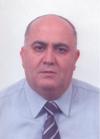-
Research ArticleView abstract
 PDF
PDF
 Full text
Although central venous catheters are among the fastest and most convenient ways to achieve blood flow, they have some side effects. This study aimed to investigate the complications of central venous catheter implantation in the general intensive care unit of Imam Khomeini University Hospital in Urmia, West Azerbaijan, Iran...... ReadMore
Full text
Although central venous catheters are among the fastest and most convenient ways to achieve blood flow, they have some side effects. This study aimed to investigate the complications of central venous catheter implantation in the general intensive care unit of Imam Khomeini University Hospital in Urmia, West Azerbaijan, Iran...... ReadMore -
Research ArticleView abstract
 PDF
PDF
 Full text
Chronic pain affects up to 70% of the elderly general population. The use of transdermal buprenorphine may help relieve pain, but its use in elderly patients is hindered by concerns of adverse effects. In particular, its possible detrimental effect on the cognitive level throughout mechanisms involving the CNS is unclear. Also, the efficacy of buprenorphine patch on behavioural profile as well as on the functional level has yet to be clarified...... ReadMore
Full text
Chronic pain affects up to 70% of the elderly general population. The use of transdermal buprenorphine may help relieve pain, but its use in elderly patients is hindered by concerns of adverse effects. In particular, its possible detrimental effect on the cognitive level throughout mechanisms involving the CNS is unclear. Also, the efficacy of buprenorphine patch on behavioural profile as well as on the functional level has yet to be clarified...... ReadMore -
Short CommunicationView abstract
 PDF
PDF
 Full text
Pain is an entity that can accompany with a number of underlying conditions. All individuals have the experience of pain. It is not a disease itself but represents many diseases. In Modern Medicine discussion on the aetio-pathogenesis and management procedure are discussed in detail from different angles...... ReadMore
Full text
Pain is an entity that can accompany with a number of underlying conditions. All individuals have the experience of pain. It is not a disease itself but represents many diseases. In Modern Medicine discussion on the aetio-pathogenesis and management procedure are discussed in detail from different angles...... ReadMore -
Case ReportView abstract
 PDF
PDF
 Full text
Airway management and intubation form the basis of anesthesiologists and paramedical staff training and working as this skill is undoubtedly a life-saving virtue. Patients with multiple comorbidities problems are encountered in emergency and elective operation theatre areas; many eventually require tracheal intubation. Supine position is usually followed, but many times, it may not be possible to secure the airway in this most favored position. We would like to reemphasize the importance of the lateral intubation technique, which can be used as an alternative method of intubation and should become an essential tool in the armory of anesthesiologists and paramedical staff..... ReadMore
Full text
Airway management and intubation form the basis of anesthesiologists and paramedical staff training and working as this skill is undoubtedly a life-saving virtue. Patients with multiple comorbidities problems are encountered in emergency and elective operation theatre areas; many eventually require tracheal intubation. Supine position is usually followed, but many times, it may not be possible to secure the airway in this most favored position. We would like to reemphasize the importance of the lateral intubation technique, which can be used as an alternative method of intubation and should become an essential tool in the armory of anesthesiologists and paramedical staff..... ReadMore -
Case ReportView abstract
 PDF
PDF
 Full text
The skeletal remains studied in this article come from an area within the ruins of the ancient Roman city of Clunia (Burgos, Spain). The grave goods found near the skeletons are Visigothic and date back to the 5th-7th centuries CE. Twenty complete adult skeletons have been conserved, 15 of which are male, 3 female and 2 of undetermined sex. There are few remains of adolescents or children. Several traumas have been detected in the skeletons, along with a number of major diseases and non-pathological changes to bone plasticity. The site is important in palaeopathological terms because of two lesions that are uncommon in this field of study: a malignant neoplasm of the femur (individual 6) and a possible teratoma (individual 7). Previous studies have only mentioned a few of these conditions [1]...... ReadMore
Full text
The skeletal remains studied in this article come from an area within the ruins of the ancient Roman city of Clunia (Burgos, Spain). The grave goods found near the skeletons are Visigothic and date back to the 5th-7th centuries CE. Twenty complete adult skeletons have been conserved, 15 of which are male, 3 female and 2 of undetermined sex. There are few remains of adolescents or children. Several traumas have been detected in the skeletons, along with a number of major diseases and non-pathological changes to bone plasticity. The site is important in palaeopathological terms because of two lesions that are uncommon in this field of study: a malignant neoplasm of the femur (individual 6) and a possible teratoma (individual 7). Previous studies have only mentioned a few of these conditions [1]...... ReadMore -
Research ArticleView abstract
 PDF
PDF
 Full text
Some groups that arrived in Catalonia four millennia ago from Central Europe, metal prospectors in the area of Solsona (Catalonia), present a high frequency of cranial trepanation, associated with brachycrania. In the set of 146 crania of the Bronze Age in Catalonia, Fisher’s exact test showed that the group of brachycranials of Solsona is statistically associated with cranial trepanation. Some cases of the surgical technique used in cranial trepanations are described...... ReadMore
Full text
Some groups that arrived in Catalonia four millennia ago from Central Europe, metal prospectors in the area of Solsona (Catalonia), present a high frequency of cranial trepanation, associated with brachycrania. In the set of 146 crania of the Bronze Age in Catalonia, Fisher’s exact test showed that the group of brachycranials of Solsona is statistically associated with cranial trepanation. Some cases of the surgical technique used in cranial trepanations are described...... ReadMore -
Research ArticleView abstract
 PDF
PDF
 Full text
Background: Cricothyrotomy is a life-saving emergency procedure used in Cannot Intubate, Cannot Ventilate (CICV) situations. Methods: Anesthesia residents (n = 57) with no previous experience in cricothyrotomy were trained in scalpel-dilator and scalpel-bougie surgical techniques. After the training, residents selected one technique to practice cricothyrotomy in vivo on anesthetized pigs. Time to complete the procedure and complications were recorded. Results: Twenty-eight residents chose to perform the scalpel-dilator technique, and 29 residents chose the scalpel-bougie technique. The average time to complete cricothyrotomy was 128 ± 22.8 seconds (mean ± SD) with the dilator and 122 ± 22.7 (mean ± SD) seconds with the bougie (p-value: 0.33). Only one false passage (4%) occurred during the dilator-assisted technique while 7 (24%) fa..... ReadMore
Full text
Background: Cricothyrotomy is a life-saving emergency procedure used in Cannot Intubate, Cannot Ventilate (CICV) situations. Methods: Anesthesia residents (n = 57) with no previous experience in cricothyrotomy were trained in scalpel-dilator and scalpel-bougie surgical techniques. After the training, residents selected one technique to practice cricothyrotomy in vivo on anesthetized pigs. Time to complete the procedure and complications were recorded. Results: Twenty-eight residents chose to perform the scalpel-dilator technique, and 29 residents chose the scalpel-bougie technique. The average time to complete cricothyrotomy was 128 ± 22.8 seconds (mean ± SD) with the dilator and 122 ± 22.7 (mean ± SD) seconds with the bougie (p-value: 0.33). Only one false passage (4%) occurred during the dilator-assisted technique while 7 (24%) fa..... ReadMore -
Research ArticleView abstract
 PDF
PDF
 Full text
Pain can be considered as one of the commonest manifestations of a good number of diseases. A patient may present with pain of different character like, pinching pain, burning pain, cutting pain, spasmodic pain etc. which suggest a number of underlying conditions. Pain may be the presentation in different conditions like abdominal gas, infection, injury, inflammation etc. Expertness of the medical person is the determinant of appropriate diagnosis of the underlying disease. Indian system of medicine, Ayurveda,as the history reveals, was the only solution of the suffering people during the time assumed to be before 3000 years of the Christ . Shoola (pricking pain), toda (pinching pain), pida (aching pain) etc. are the words used in the Ayurvedic classics to understand different types of pains. As mentioned in the Ayurvedic classics pain is..... ReadMore
Full text
Pain can be considered as one of the commonest manifestations of a good number of diseases. A patient may present with pain of different character like, pinching pain, burning pain, cutting pain, spasmodic pain etc. which suggest a number of underlying conditions. Pain may be the presentation in different conditions like abdominal gas, infection, injury, inflammation etc. Expertness of the medical person is the determinant of appropriate diagnosis of the underlying disease. Indian system of medicine, Ayurveda,as the history reveals, was the only solution of the suffering people during the time assumed to be before 3000 years of the Christ . Shoola (pricking pain), toda (pinching pain), pida (aching pain) etc. are the words used in the Ayurvedic classics to understand different types of pains. As mentioned in the Ayurvedic classics pain is..... ReadMore
Lupine Publishers Group
Lupine Publishers
ISSN: 2644-1403
Global Journal of Anesthesia & Pain Medicine
Global Journal of Anesthesia & Pain Medicine (GJAPM) is an International peer reviewed Journal that publishing and disseminating all the trendy and top-tier original research articles, reviews, editorials, case reports. The journal will emphasize high-level research of clinical relevance and exhilarating approach. The journal scope encompasses the knowledge in medical research of the topics related to anesthesia practice, airway management, anesthetic administration, preoperative and postoperative considerations, pain management, inhalational anaesthetics, topical anesthetics, General anesthetics, Local anesthetics. Pain is the most common reason patients try to find medical care. Pain Medicine promotes both the visibility and development of pain medicine as a worldwide interdisciplinary medical specialty within a multidisciplinary pain field and promotes the specialty’s collaboration with primary care and other health services towards a population-based approach to pain management for the public health.




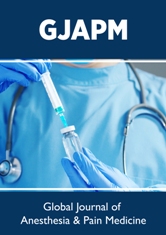




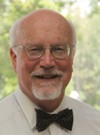
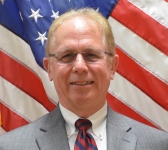
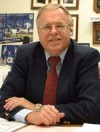
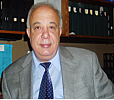
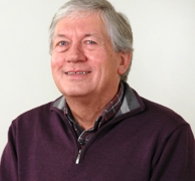
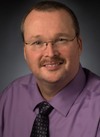
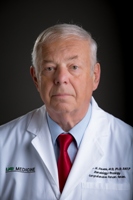
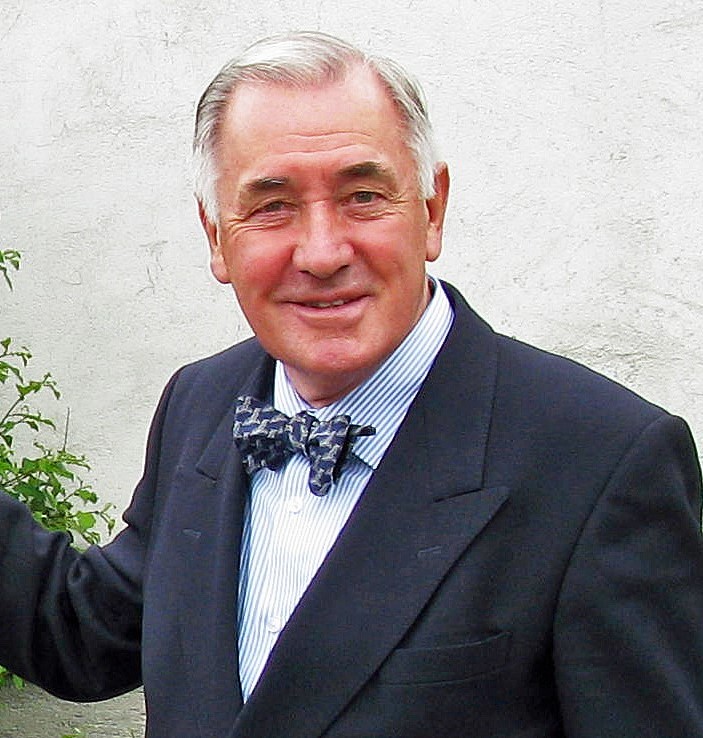
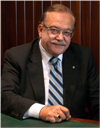

.png)
.jpg)
